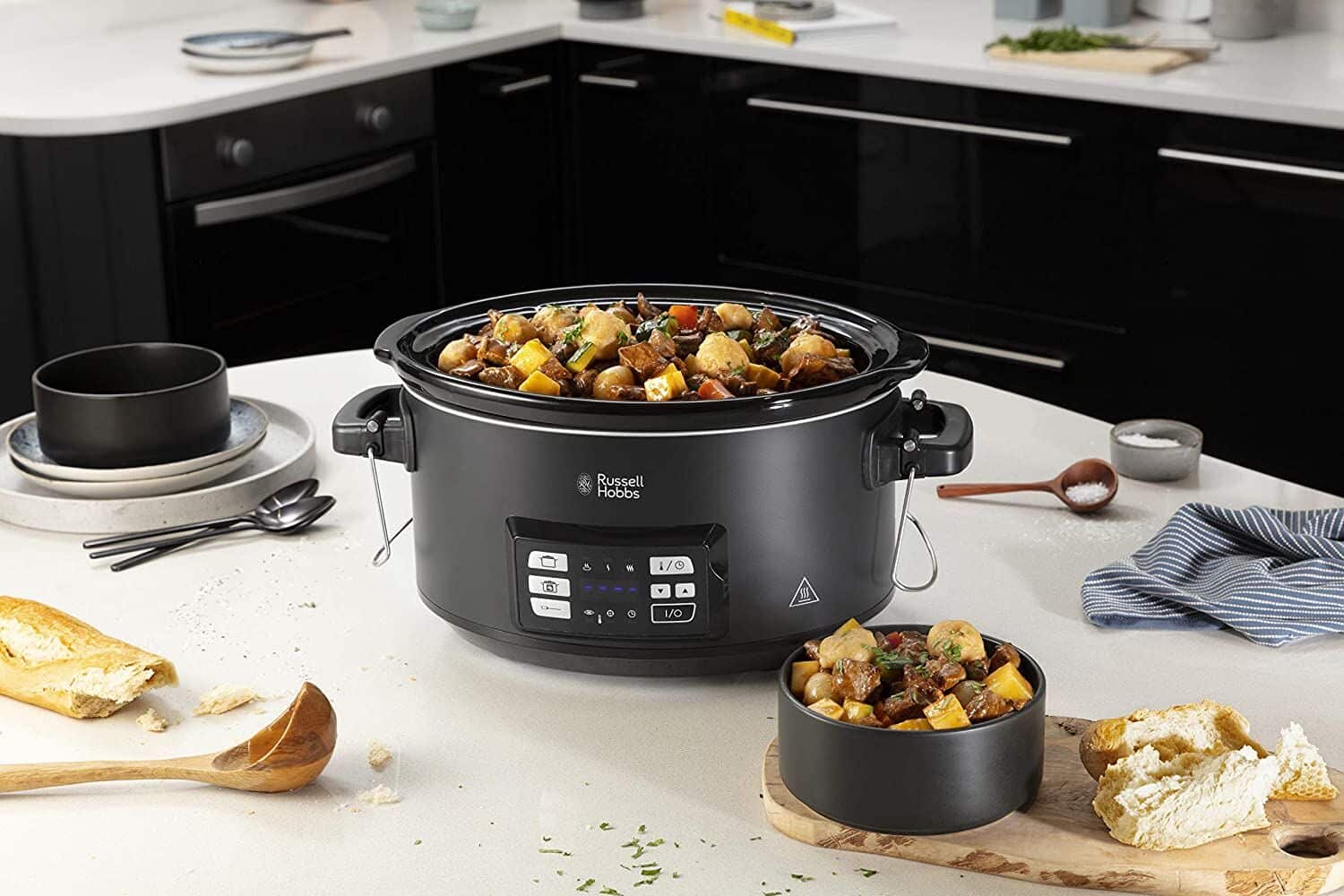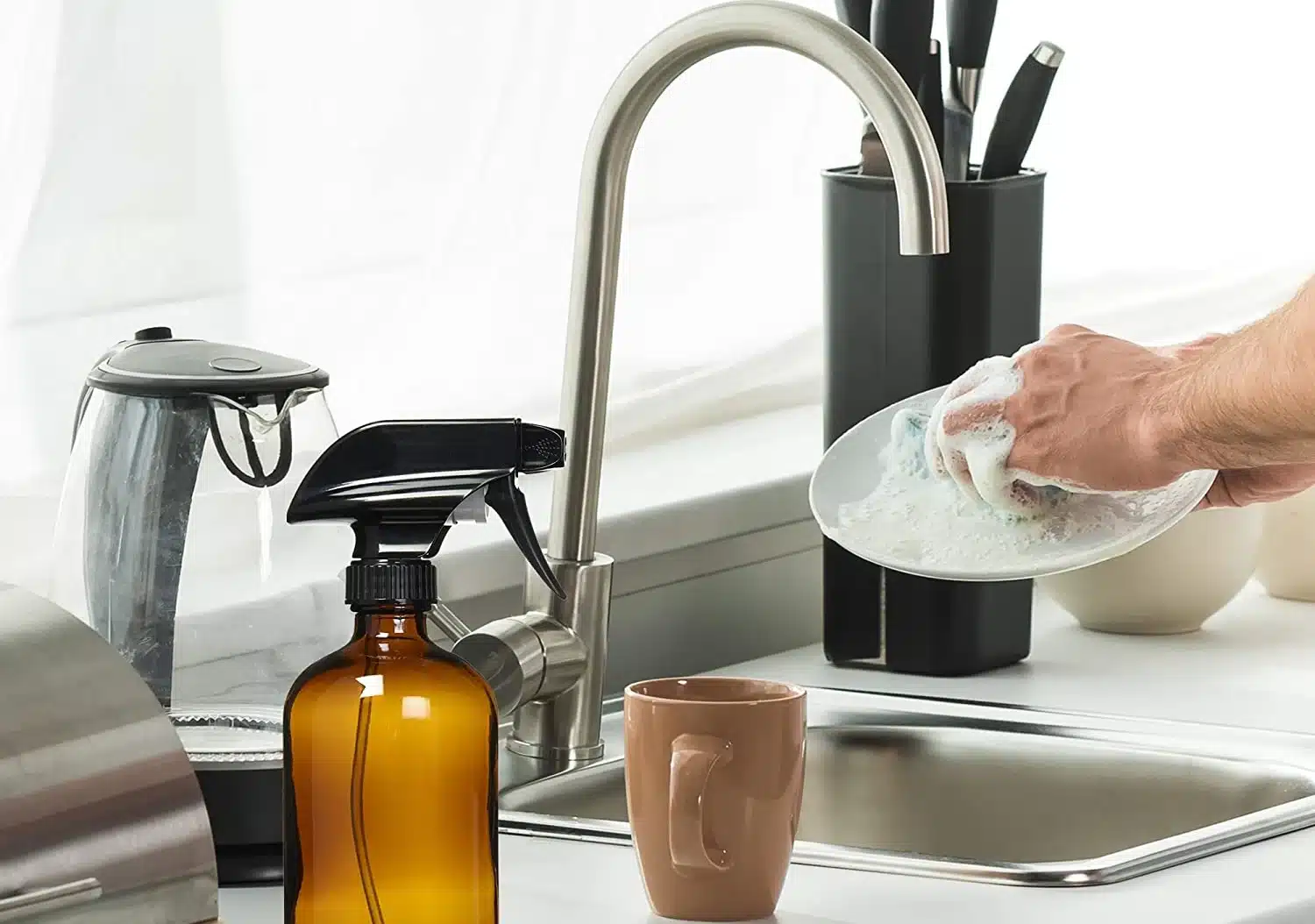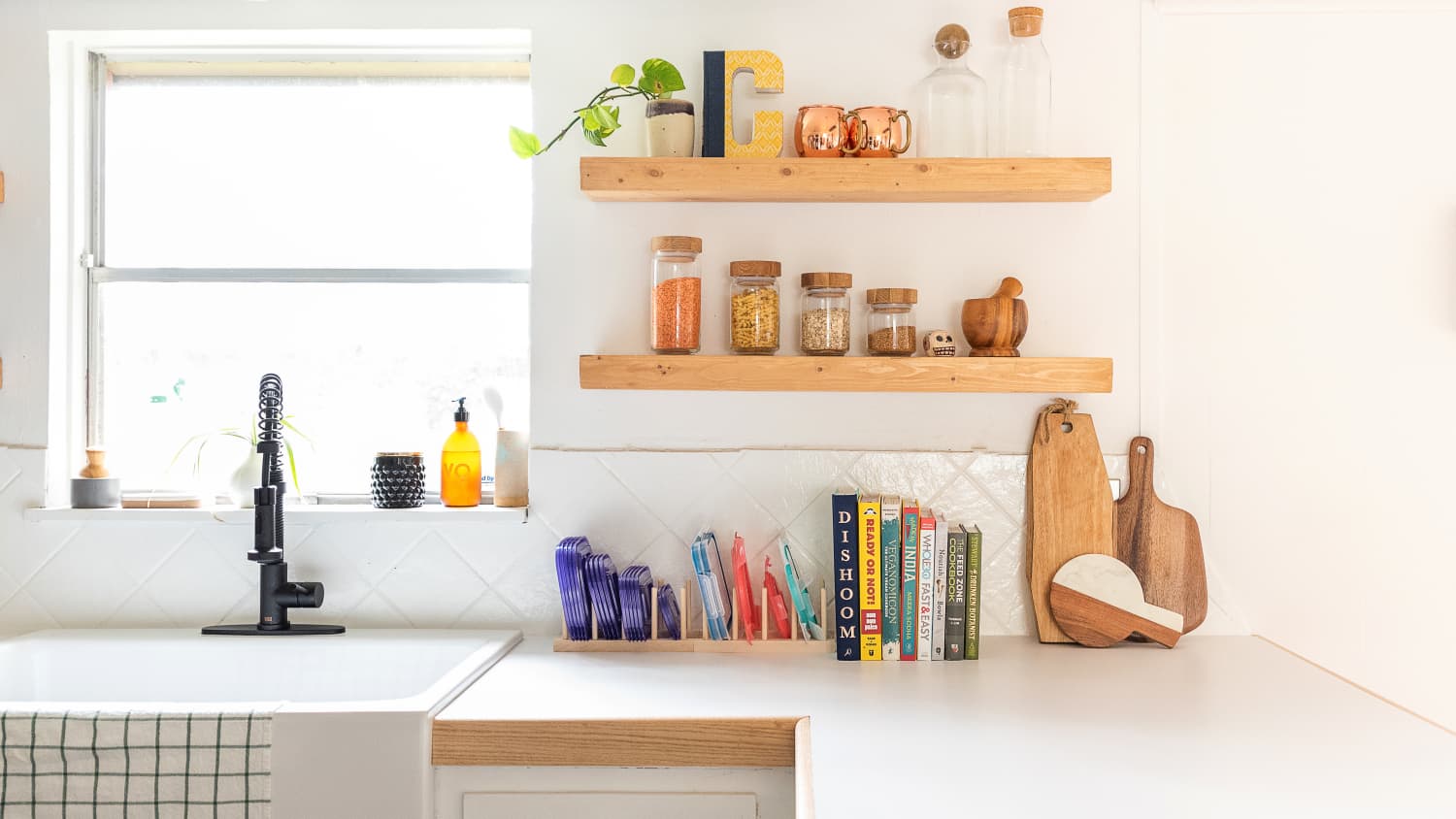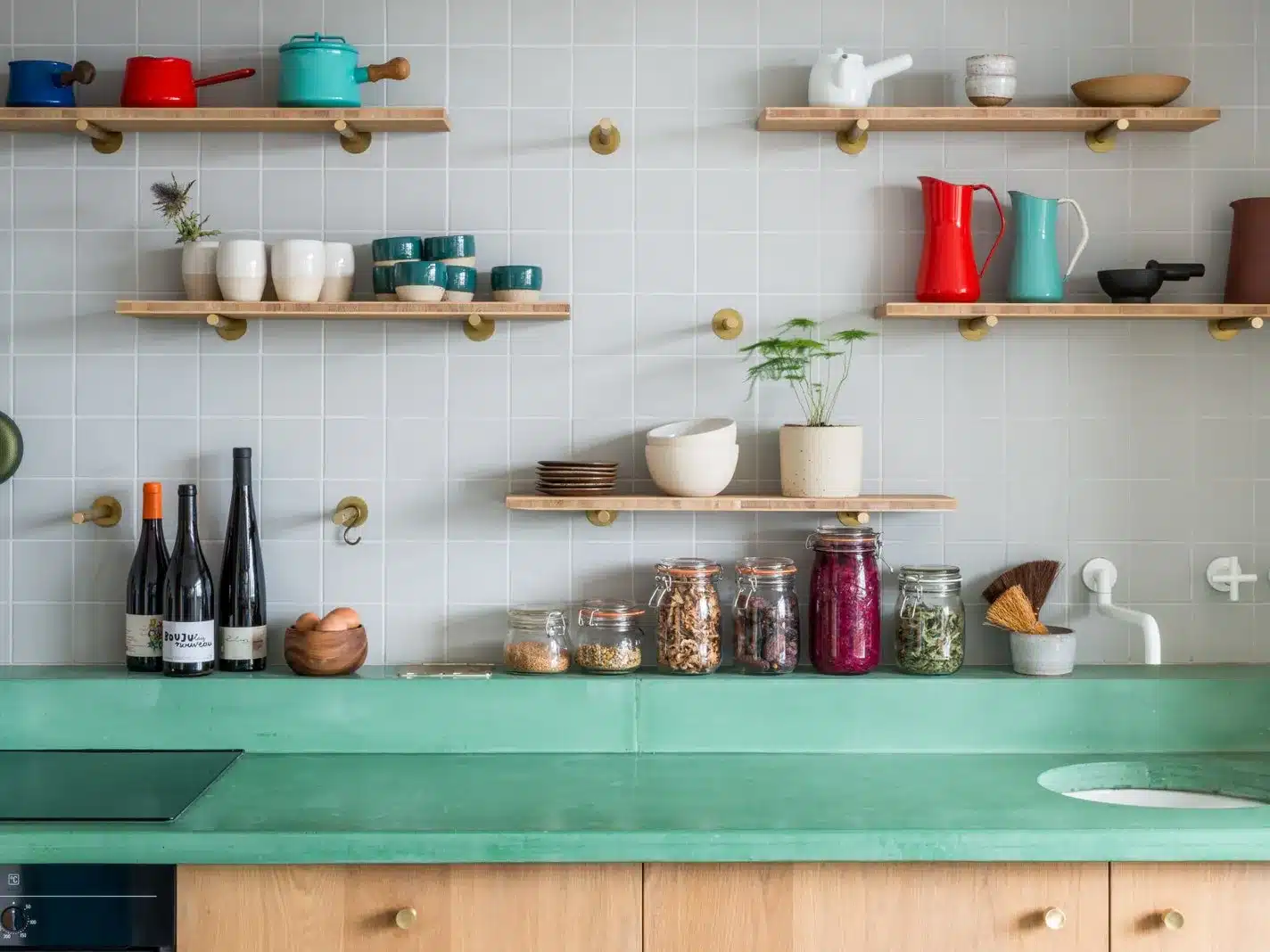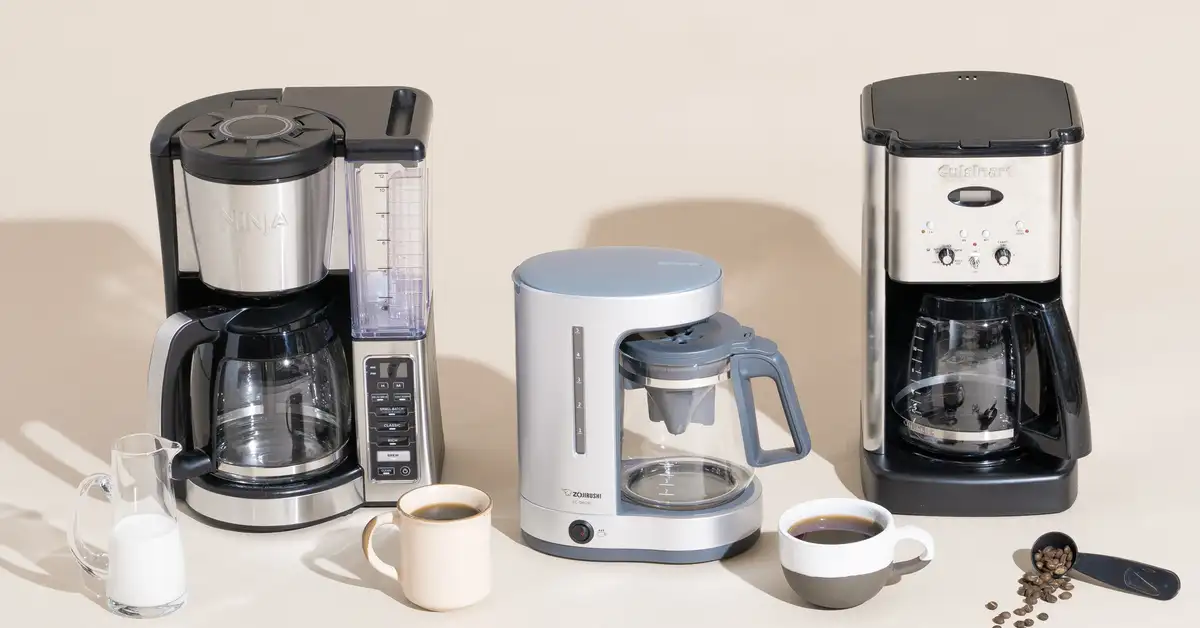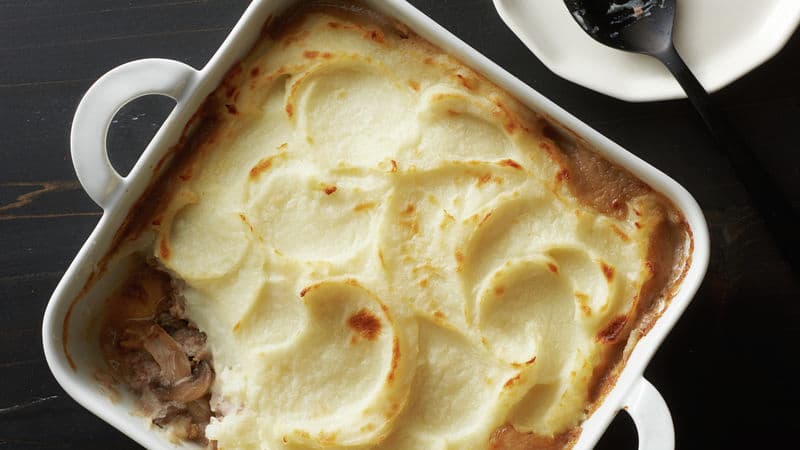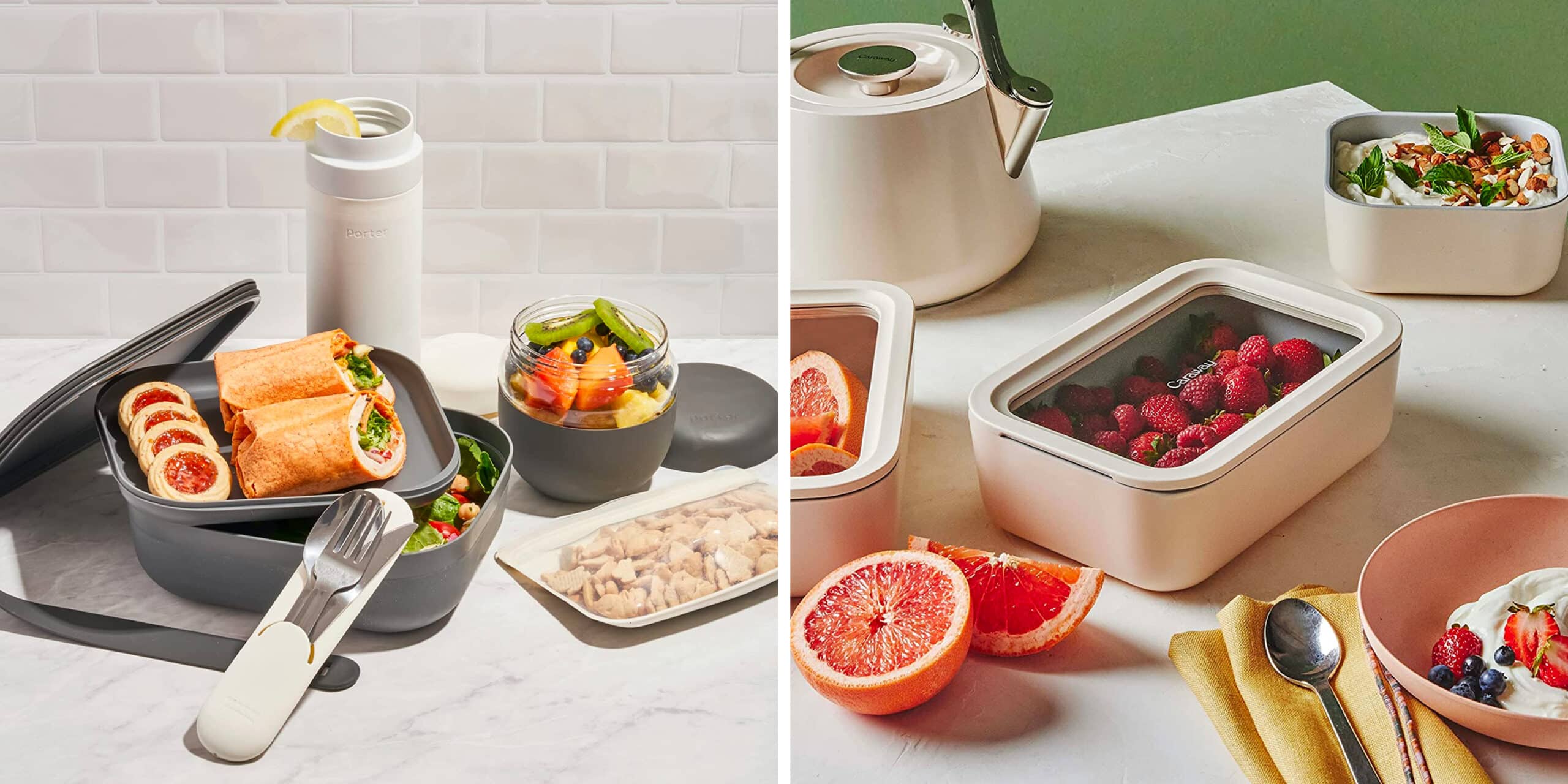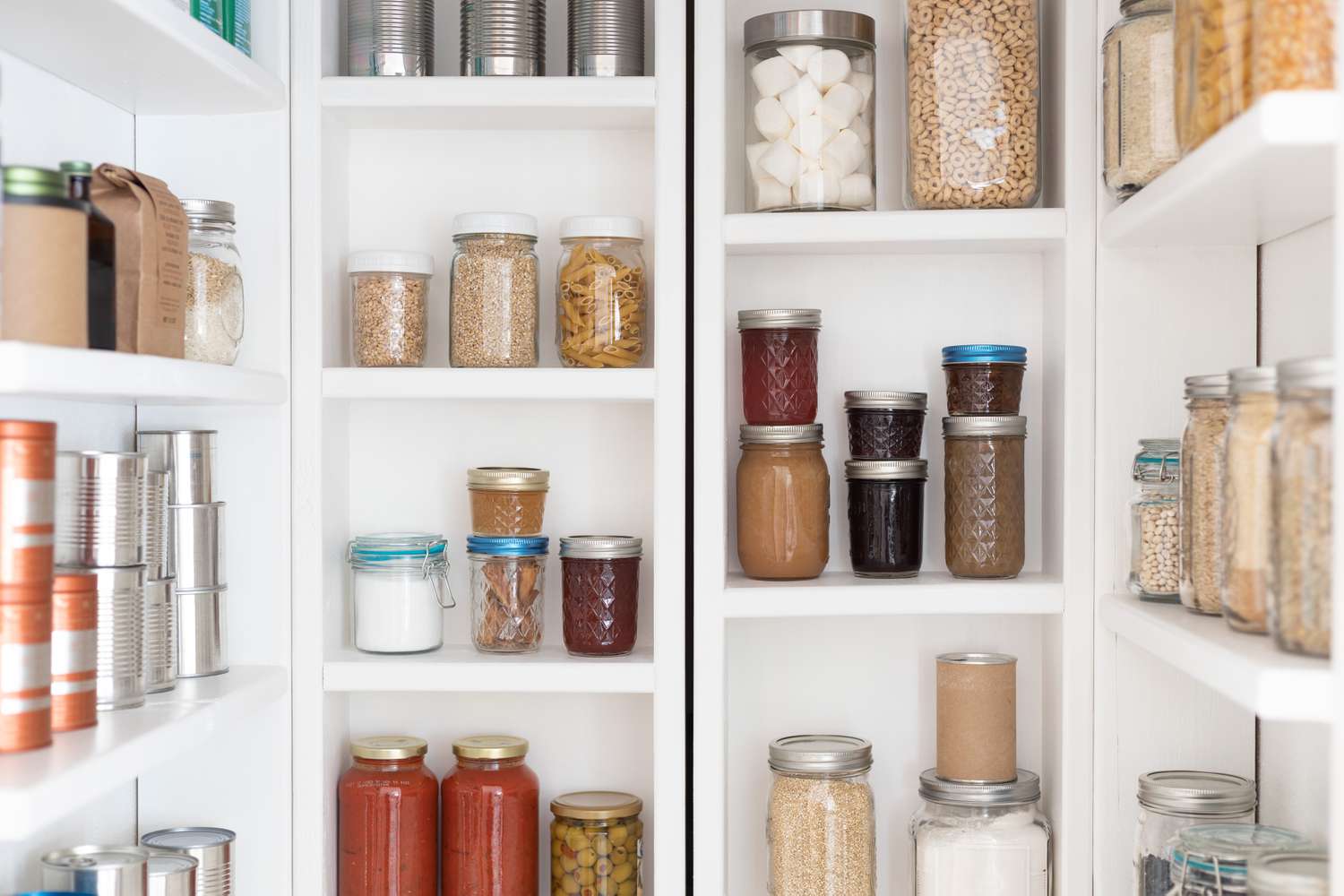Are you tired of feeling overwhelmed when it comes to healthy eating? Do you wish there was a simpler way to prepare nutritious meals at home? The good news is that eating healthy doesn’t have to be complicated or time-consuming. With the right kitchen appliances, you can turn healthy cooking into a fun and efficient experience. Whether you’re looking to boost your energy, improve your overall health, or shed some extra pounds, these appliances can help make your journey to healthier eating much easier. Here’s a list of the essential kitchen gadgets you need to make healthy eating a breeze!
Top Kitchen Appliances to Support Healthy Eating
In the world of healthy eating, having the right kitchen appliances can truly make all the difference. These tools can save you time, reduce stress, and help you maintain a balanced diet. Let’s explore some of the best kitchen appliances that will support your healthy eating goals.
1. Blender: The Ultimate Appliance for Healthy Smoothies and Soups
A high-quality blender is one of the first appliances you should invest in for healthy eating. Smoothies are an easy and delicious way to pack in fruits, vegetables, and other nutritious ingredients. Whether you prefer a simple fruit smoothie, a green smoothie, or a protein-packed blend, a blender will make the process quick and easy.
If you’re short on time, you can even make smoothie packs ahead of time and store them in the freezer. These packs typically contain your favorite fruits, greens, and any other add-ins like seeds or protein powder, so all you have to do is blend them with a liquid when you’re ready to go.
Blenders also come in handy for making soups, sauces, nut butters, and even pancake or muffin batter. A blender will not only help you prepare smoothies but also make everyday healthy recipes more convenient.
2. Slow Cooker: Effortless Healthy Meals with Minimal Effort
If you’re looking for an appliance that can make meal prep easy and hassle-free, a slow cooker should be at the top of your list. A slow cooker allows you to prepare nutritious meals without spending hours in the kitchen. Simply add your ingredients in the morning, set the slow cooker to the appropriate heat setting, and let it do the work. By the time you come home from work or finish your errands, a healthy and hearty meal will be ready to serve.
Slow cookers are perfect for soups, stews, chili, and even certain types of grains and beans. They lock in flavors while preserving nutrients, making them an excellent choice for anyone looking to make healthy and comforting meals with minimal effort.
3. Instant Pot: The Multi-Tasker for Quick and Nutritious Meals
The Instant Pot has quickly become a favorite for busy families and health-conscious individuals alike. This versatile kitchen appliance combines several functions into one gadget. It acts as a pressure cooker, slow cooker, rice cooker, steamer, yogurt maker, and more.
For those with little time to cook, the Instant Pot can prepare healthy meals like soups, stews, and chili in a fraction of the time compared to traditional methods. You can even use it for meal prep, making a large batch of soup or grains for the week. The convenience and versatility of the Instant Pot make it a must-have for any kitchen.
4. Food Processor: Speed Up Healthy Meal Prep
A food processor is one of the most versatile appliances you can have in your kitchen. From chopping vegetables to pureeing soups, making dips, or even preparing dough, this appliance can save you hours of manual labor. A food processor helps you slice, shred, dice, and chop in seconds, making meal prep much easier and faster.
Whether you’re making a healthy salad, a fresh salsa, or a nut-based spread, the food processor will streamline the process. If you want to eat healthier but don’t have a lot of time to cook, a food processor is an essential tool that can significantly cut down your prep time.
5. Juicer: A Quick Way to Boost Your Daily Nutrient Intake
For those who love fresh juice or want to increase their intake of fruits and vegetables, a juicer is a perfect addition to your kitchen. Fresh juice can help you get more of the essential nutrients your body needs, and it’s a great way to consume your fruits and vegetables in liquid form.
Juicers allow you to make fresh fruit and vegetable juices at home, but they can also be used to make nut milk, soups, and even healthy ice creams. The versatility of a juicer makes it a valuable appliance, especially if you’re trying to boost your daily intake of nutrients and antioxidants.
The Benefits of Cooking Healthy Meals at Home
Eating healthy at home offers a multitude of benefits. When you cook at home, you have full control over what goes into your meals, allowing you to choose fresh ingredients and avoid the excess sugar, salt, and preservatives often found in processed foods. Cooking at home also helps you stay on top of portion control, making it easier to maintain a balanced diet.
Additionally, home-cooked meals are typically much more affordable than eating out, and they can be made in larger quantities to provide leftovers for several meals. This not only saves time but also cuts down on food waste.
Having the right kitchen appliances makes the process even easier. Whether you’re preparing a quick breakfast, making a nutritious lunch, or cooking a wholesome dinner, the appliances in your kitchen can streamline meal prep and encourage healthy habits.
Essential Kitchen Tools for Preparing Healthy Meals
In addition to appliances, there are a few other key tools that will help you make healthier meals at home:
1. Quality Chef’s Knife: Essential for Quick and Easy Meal Prep
A sharp and comfortable chef’s knife is crucial for chopping, dicing, and slicing your ingredients. With a good-quality knife, you’ll make meal prep quicker and safer. Choose a well-balanced knife that feels comfortable in your hand and allows you to chop vegetables and fruits with precision.
2. Cutting Board: A Must-Have Tool for Prepping Healthy Ingredients
A sturdy cutting board is an essential item for prepping your ingredients. Choose one that is durable and made of materials such as bamboo or wood. Avoid plastic cutting boards, as they can harbor bacteria and wear down your knives faster.
3. Pots and Pans: Cook Your Healthy Meals with the Right Cookware
Having a good set of pots and pans is necessary for cooking a variety of meals. Look for non-toxic, healthy materials like ceramic or stainless steel, and be sure to choose cookware with lids to trap nutrients while cooking.
How to Use Kitchen Appliances to Make Healthy Meals
Making healthy meals at home can be easy with the right tools. Here’s how to use some of the top appliances to create nutritious dishes:
1. Slow Cooker: Prepare Nutritious Meals with Ease
A slow cooker is perfect for making soups, stews, and casseroles. Just throw in the ingredients in the morning, set it to low, and come home to a delicious, ready-to-eat meal.
2. Air Fryer: Enjoy Healthier Versions of Your Favorite Fried Foods
Air fryers allow you to enjoy crispy foods without all the oil and fat. They’re great for making healthier versions of fried chicken, French fries, and more.
3. Blender: Make Nutritious Smoothies, Soups, and Sauces
A blender is essential for smoothies, shakes, and pureed soups. It’s also great for making salad dressings and sauces, helping you add more fruits and vegetables to your diet.
4. Pressure Cooker: Make Healthy, One-Pot Meals in No Time
Pressure cookers make healthy one-pot meals. You can make a hearty stew quickly, saving time while still delivering nutritious meals.
5. Instant Pot: Cook Comfort Foods in a Healthier Way
The Instant Pot is an electric multi-cooker used to make everything from macaroni and cheese to risotto. It’s a great way to make healthier versions of your favorite comfort foods without sacrificing flavor or texture.
Tips for Staying on Track with Your Healthy Eating Goals
Staying on track with your diet goals can be challenging, but with the right tools, it becomes much easier. Here are a few tips to help you stay consistent:
1. Plan Your Meals Ahead of Time
Meal planning is essential for sticking to a healthy diet. By planning ahead, you can ensure you have healthy meals ready for the week and avoid last-minute unhealthy choices.
2. Invest in the Right Kitchen Appliances for Healthy Cooking
Kitchen appliances like blenders, air fryers, and slow cookers make cooking healthier meals much easier and more enjoyable.
3. Create a Grocery List That Focuses on Healthy Ingredients
Stick to a grocery list that focuses on healthy, whole foods. Avoid buying junk food or processed snacks to reduce temptations.
4. Get Support from Friends or Family
Having a friend or family member to support you in your healthy eating goals can make all the difference. Share recipes and meal prep together to make it more fun!
Conclusion
Eating healthy doesn’t have to be a struggle. With the right kitchen appliances and a little planning, you can easily prepare nutritious and delicious meals at home. Whether you’re using an air fryer to make crispy vegetables, a slow cooker to prepare a hearty stew, or a blender to whip up a smoothie, these appliances can make healthy eating both convenient and enjoyable. Start shopping for these essential tools today and take the first step toward a healthier lifestyle!

